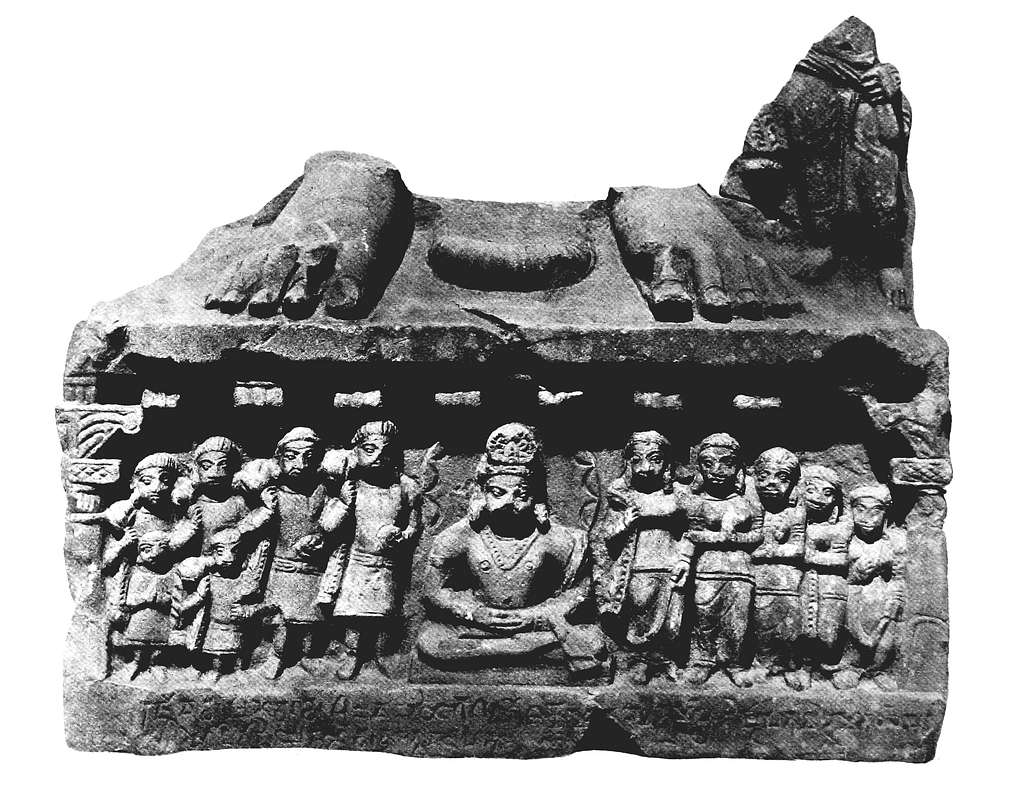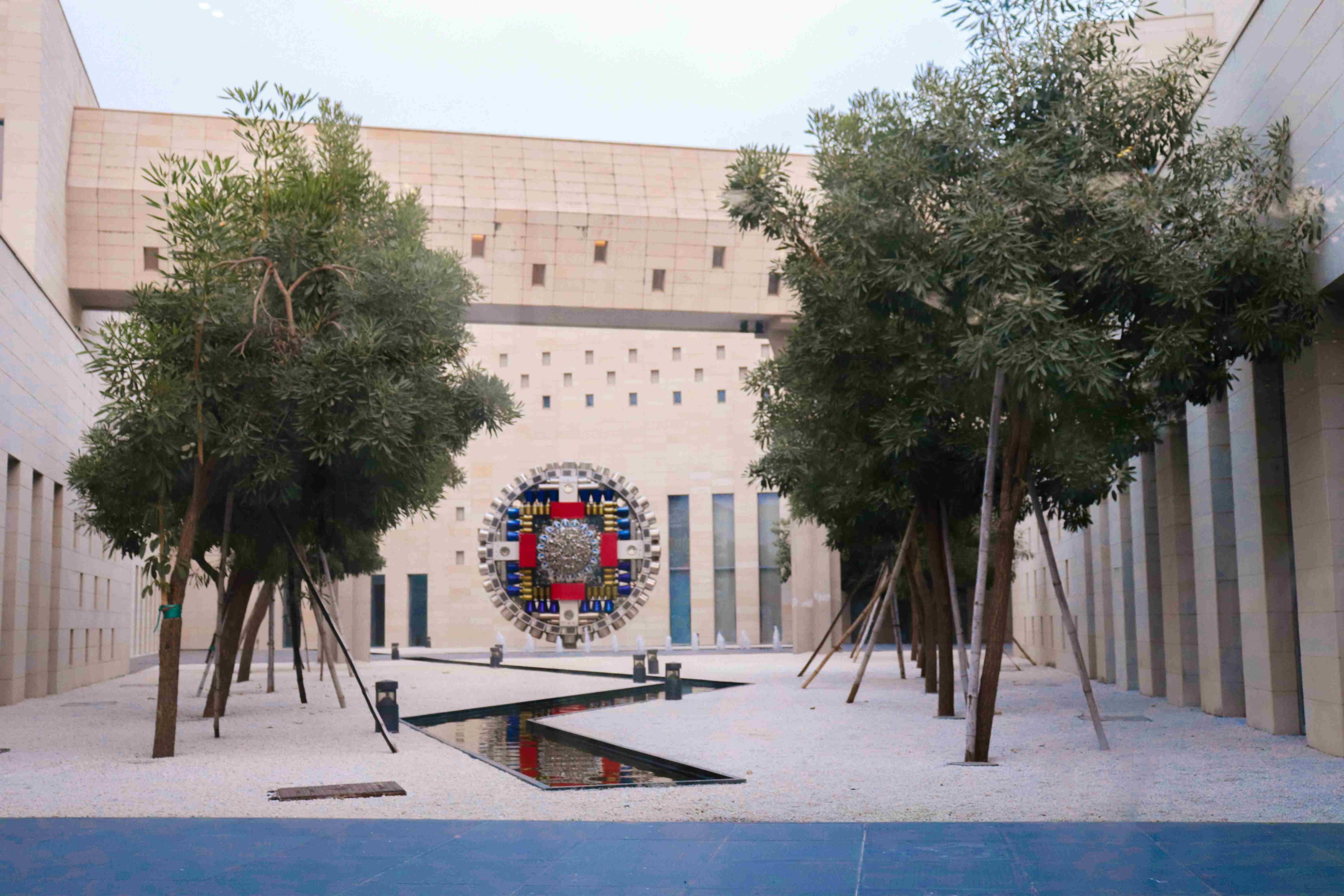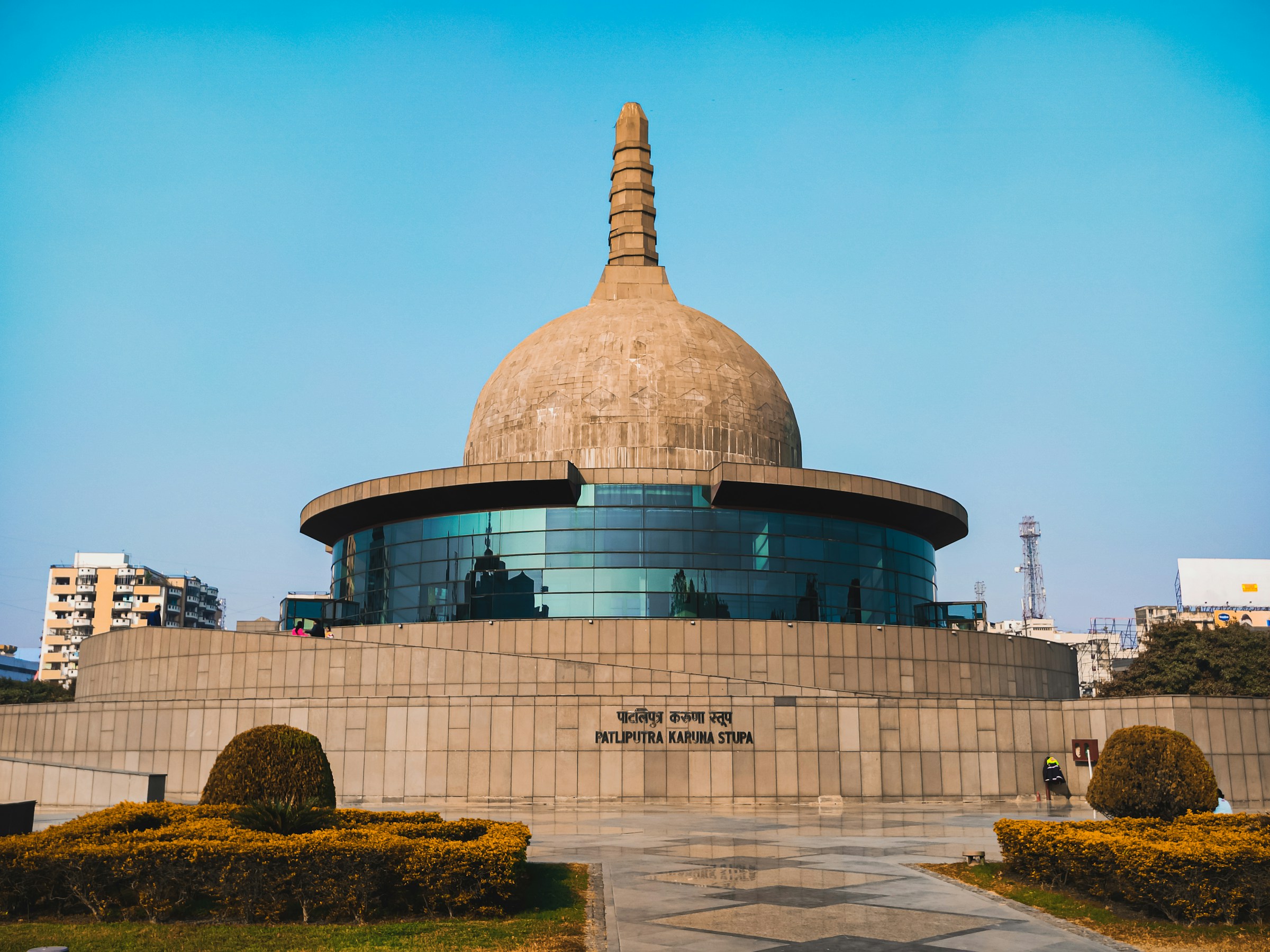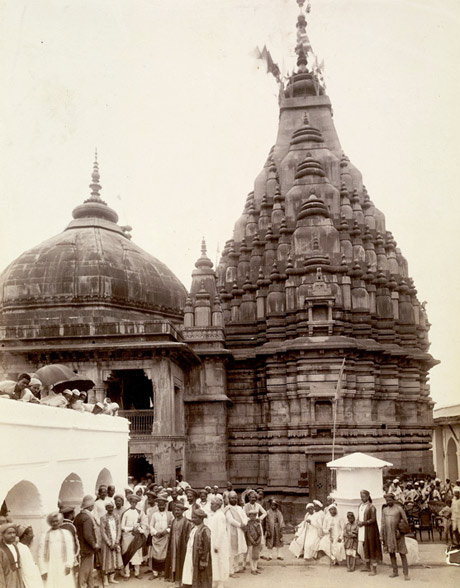

Bodh Gaya, a small town in Bihar, is a spiritual beacon for millions around the world, drawing visitors from all walks of life who are seeking peace, wisdom, and enlightenment. As the place where Gautama Buddha attained enlightenment under the Bodhi Tree, Bodh Gaya is steeped in history, serenity, and sacred significance. Whether you're a pilgrim or a traveler exploring the rich cultural heritage of India, Bodh Gaya offers an unforgettable experience. Here are three must-visit attractions that make this sacred town a top destination for tourists.
Nestled in the picturesque Dungeshwari Hills, just 15 kilometers from the bustling town of Bodh Gaya, the ancient Dungeshwari Cave Temples offer visitors a unique glimpse into the early life of Lord Buddha. These caves, also known as Mahakala Cave Temples, hold immense spiritual and historical significance as they mark the site where Buddha meditated and practiced extreme self-mortification before discovering the Middle Path. For both devout Buddhists and curious travelers, a visit to the Dungeshwari Caves is a serene and enlightening experience, offering a deep connection to the roots of Buddha’s teachings.
The Dungeshwari Caves are an integral part of Buddhist history, representing a key chapter in the life of Siddhartha Gautama, the man who became the Buddha. According to legend, it was in these caves that Gautama, after renouncing his princely life, sought to achieve enlightenment through severe asceticism. For years, he endured extreme fasting and rigorous meditation in pursuit of spiritual awakening. However, after becoming weak and emaciated, he realized that extreme self-deprivation was not the path to enlightenment.
It was here, under a Banayan tree near the caves, that a young village woman named Sujata offered Buddha a bowl of rice milk, reviving his strength. This moment was crucial in Buddha’s journey, as it led to his realization of the Middle Way—the balance between extreme asceticism and indulgence. With this newfound wisdom, Buddha left the Dungeshwari Caves and made his way to Bodh Gaya, where he eventually attained enlightenment under the Bodhi Tree.
The Dungeshwari Cave Temples, thus, hold a deep significance for Buddhists worldwide as the site of Buddha’s profound realization and his final steps toward enlightenment.

|
In addition to its spiritual significance, the Dungeshwari Cave Temples are set against the backdrop of the Dungeshwari Hills, a stunning and relatively untouched natural landscape. The hills, with their rugged beauty, offer a perfect escape for nature lovers and trekkers seeking adventure.
The climb to the caves is moderate and can be easily accomplished by most visitors. The picturesque surroundings—lush greenery, rocky outcrops, and panoramic views of the valley—make the journey to the caves a rewarding experience. The hills provide a peaceful retreat from the more crowded areas of Bodh Gaya, giving visitors a chance to connect with nature and reflect on the simplicity and beauty of the environment that inspired Buddha’s teachings. The trek also serves as a reminder of the physical and mental challenges Buddha faced in his quest for spiritual awakening. As you make your way up the hill, you can almost imagine the young Siddhartha meditating in these very caves, contemplating the nature of existence and searching for the truth that would later change the world. |

The Dungeshwari Cave Temples are modest in appearance but rich in spiritual value. Unlike other grand Buddhist monasteries, these caves retain their natural simplicity, emphasizing the raw and meditative environment that shaped Buddha’s spiritual journey. Inside the caves, visitors will find intricate Buddhist shrines and stupas, which are simple yet captivating.
One of the main attractions within the caves is the golden emaciated Buddha sculpture, which commemorates Buddha’s years of severe penance. This statue, a reminder of the physical toll Buddha’s ascetic practices took on him, depicts a frail and weakened Buddha, emphasizing the human struggle before attaining spiritual clarity. This iconic sculpture resonates deeply with those on a spiritual journey, illustrating the importance of perseverance, reflection, and balance.
Another cave houses a large, peaceful statue of Lord Buddha, standing about 6 feet high, representing the moment of Buddha’s realization. The calm and serene expression of this statue reflects the inner peace that comes with spiritual wisdom, offering visitors a sense of tranquility as they explore the caves.
Interestingly, the Dungeshwari Cave Temples also house a shrine dedicated to the Hindu goddess Dungeshwari. This unique combination of Buddhist and Hindu elements within the same space highlights the syncretic nature of Indian spirituality, where both traditions coexisted and influenced each other for centuries. The presence of the Hindu deity alongside the Buddha adds a layer of cultural richness to the caves, making them a site of pilgrimage for people from different faiths.
The Dungeshwari Cave Temples are open to visitors from 10 AM to 5 PM daily. There is no entry fee, making it an affordable and accessible destination for all. However, it is recommended to visit during the early morning or late afternoon hours to avoid the midday heat, especially during the summer months.
While the caves may not have the grandiose architecture of some other Buddhist sites, they offer an intimate and meditative experience. The peaceful ambiance of the caves, combined with their spiritual significance, makes them an ideal destination for those seeking quiet reflection and a deeper understanding of Buddhism.
For those exploring the Buddhist Circuit in India, a visit to the Dungeshwari Cave Temples is essential. The caves not only mark an important chapter in Buddha’s life but also serve as a powerful reminder of the struggles and realizations that led to his enlightenment. For spiritual seekers, the caves offer a space for meditation and introspection, away from the more crowded pilgrimage sites.
History enthusiasts will also find the caves fascinating, as they provide a glimpse into the ancient spiritual practices that shaped one of the world’s most influential religions. The presence of both Buddhist and Hindu elements within the caves speaks to the rich cultural and religious heritage of India, making it a destination that appeals to a wide range of visitors.
The Ideal Time to Visit: Experiencing the Caves in Comfort:
The best time to visit the Dungeshwari Cave Temples is during the winter months, from October to March, when the weather is cool and pleasant. During this time, the trek to the caves is comfortable, and visitors can enjoy the natural beauty of the surrounding hills without the discomfort of extreme heat.
In addition, this period coincides with the Buddhist festival of Buddha Purnima, making it an ideal time for pilgrims to visit the cave temples and participate in religious ceremonies. The caves, with their serene atmosphere, provide the perfect setting for quiet reflection and meditation during this spiritually significant time.



"Discover serenity at ISKCON Patna – a spiritual haven where devotion meets peace in the heart of Bihar's capital."
For more details
"Explore Patna Museum – a journey through Bihar's rich heritage, ancient artifacts, and timeless treasures of India's glorious past."
For more details
"Discover Bihar Museum – where history, art, and culture come alive, showcasing the vibrant legacy of Bihar’s ancient past."
For more details
"Experience tranquility at Buddha Park – a serene escape in Patna, where peace and spirituality blend with natural beauty."
For more details
"Explore Patna Zoo – a lush green sanctuary where wildlife, nature, and adventure come together for a perfect family day out."
For more details
"Visit Vishnupad Temple – a sacred pilgrimage where devotion meets history, nestled in the spiritual heart of Gaya."
For more details
"Visit Mahabodhi Temple – a sacred pilgrimage where devotion meets history, nestled in the spiritual heart of Bodh Gaya."
For more details
"Discover Ghora Katora – a peaceful lakeside retreat near Rajgir, where nature’s beauty and serenity offer a perfect escape."
For more details
"Uncover the mystery of Barabar Caves – India’s oldest rock-cut caves, steeped in history and ancient Buddhist heritage."
For more details
"Explore Dungeshwari Cave Temples – sacred ancient caves where Lord Buddha meditated, offering spiritual peace and historical significance near Bodh Gaya."
For more details
"Embark on an adventure at Rajgir Safari – a thrilling wildlife experience amidst the natural beauty and hills of Rajgir."
For more details